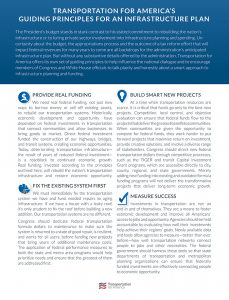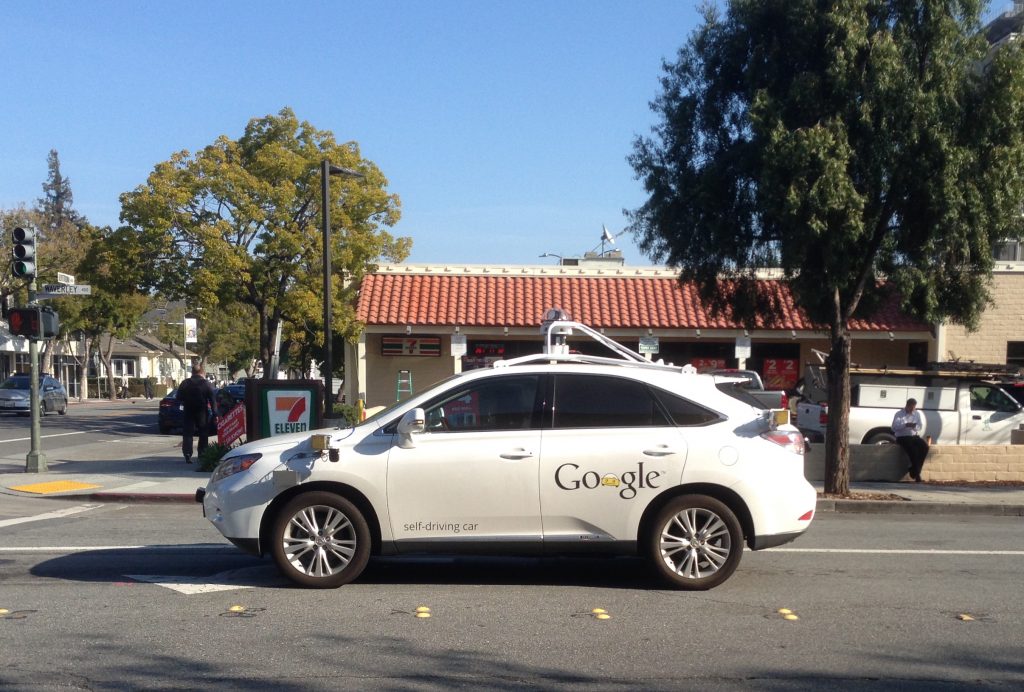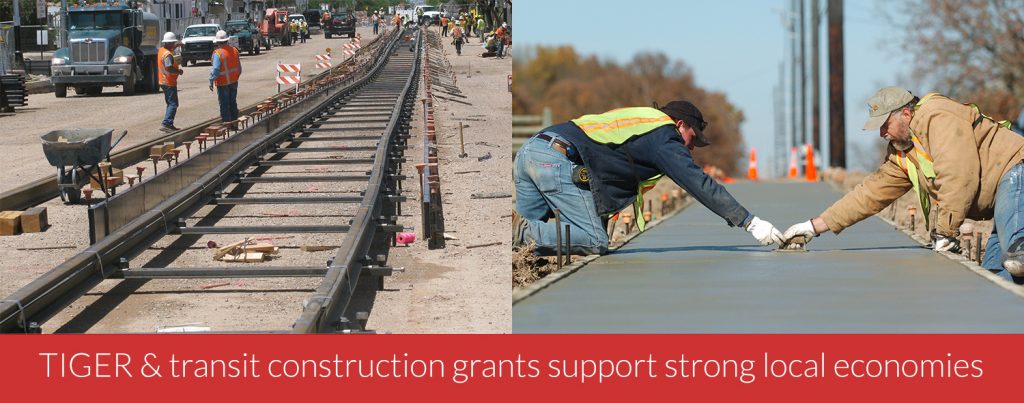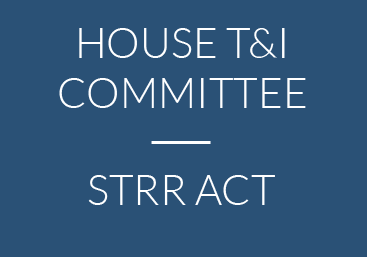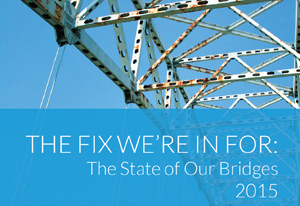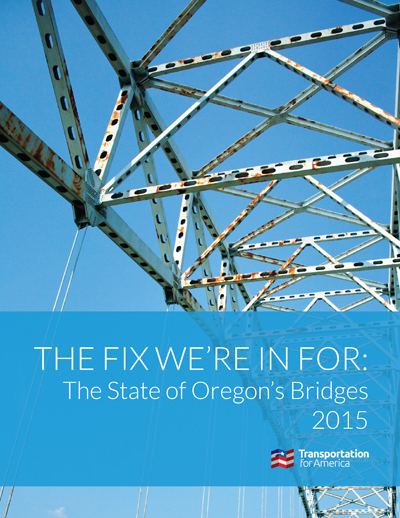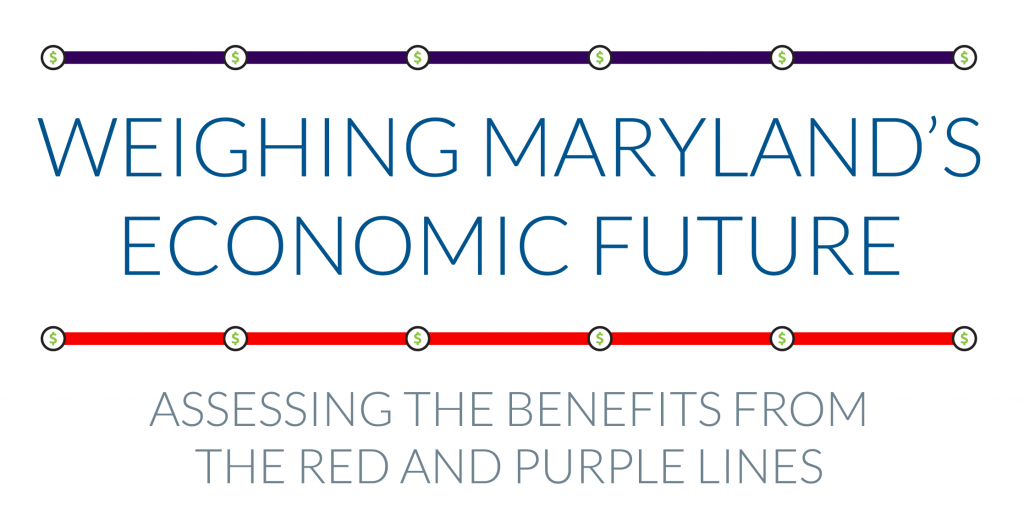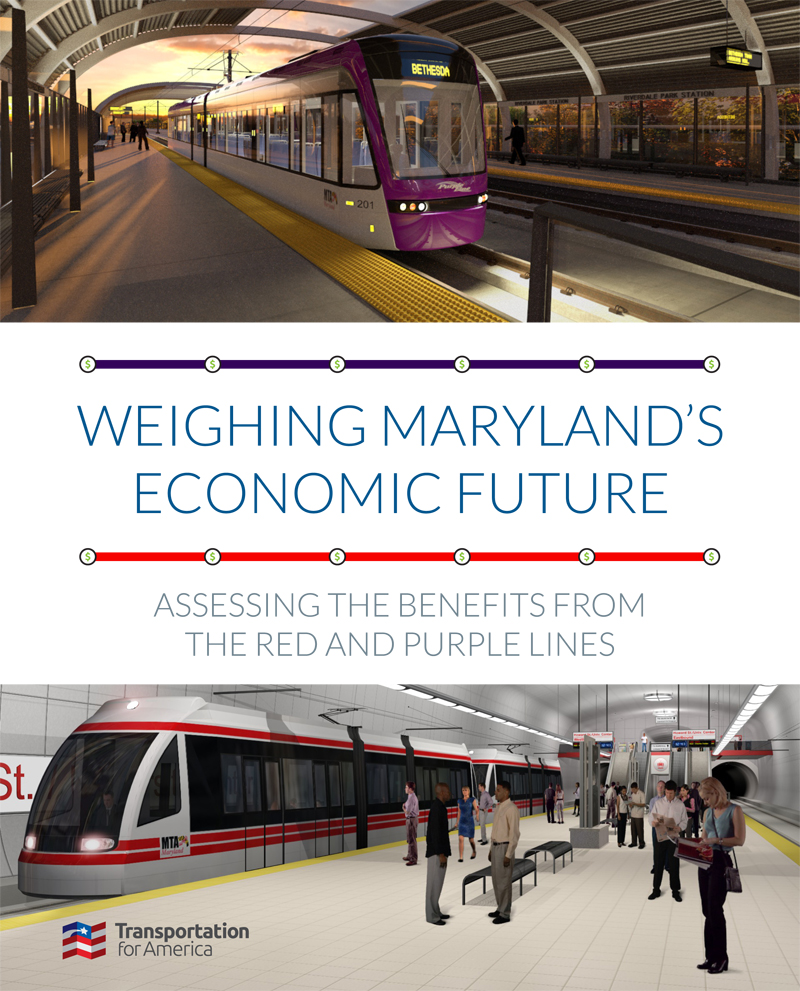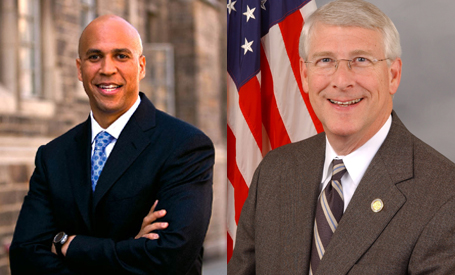
In anticipation of a potential infrastructure bill being produced by the President or Congress, Transportation for America released a set of four core principles to redirect the national debate on the issue. Kevin F. Thompson, director of Transportation for America, offered the following statement:
“For too long, any debate about infrastructure investment has been confined to a narrow discussion of size and expense, rather than an honest discussion of the hefty costs versus the limited benefits provided under the current program.
“Any potential federal infrastructure plan needs to do more than just pour money into the same old system for planning and building transportation projects, because that broken system fails to deliver the returns Americans deserve for the billions we invest nationally. It’s past time to redirect the conversation and focus on what we are building and why, and how we are measuring and evaluating success. If we want sustainable, long-term economic growth, we need a different plan for investing in infrastructure than just more money provided to the current system.”
“To that end, Transportation for America offers these four sensible guiding principles for consideration, aimed at influencing the national dialogue and encouraging members of Congress and White House officials to talk plainly and honestly about a smart approach to infrastructure planning and funding.
- Increase real funding. We need real federal funding, not just new ways to borrow money or sell off public assets to support transportation investments.
- Fix the existing system first. We must immediately fix the system we have and fund needed repairs to aging infrastructure.
- Build smart new projects. Our current approach, largely driven by formula funding, is necessary to ensure baseline investments, but funding that flows automatically for specified purposes does not encourage innovation or flexible action.
- Measure success. Infrastructure investments are a means to foster economic development and improve all Americans’ access to jobs and opportunity.
“To press members of Congress and the administration to shift their thinking on infrastructure planning and funding, Transportation for America will tap into a nationwide base of local mayors & civic leaders, elected officials, chambers of commerce and other coalition partners. If Congress or the administration are truly serious about a sizable investment in infrastructure, we can’t squander away a golden opportunity to craft something different that will truly help cities and towns of all sizes build the multimodal transportation networks they need to stay competitive,” concluded Thompson.
###
Download these principles as a sharable one-page PDF here or by clicking below:




